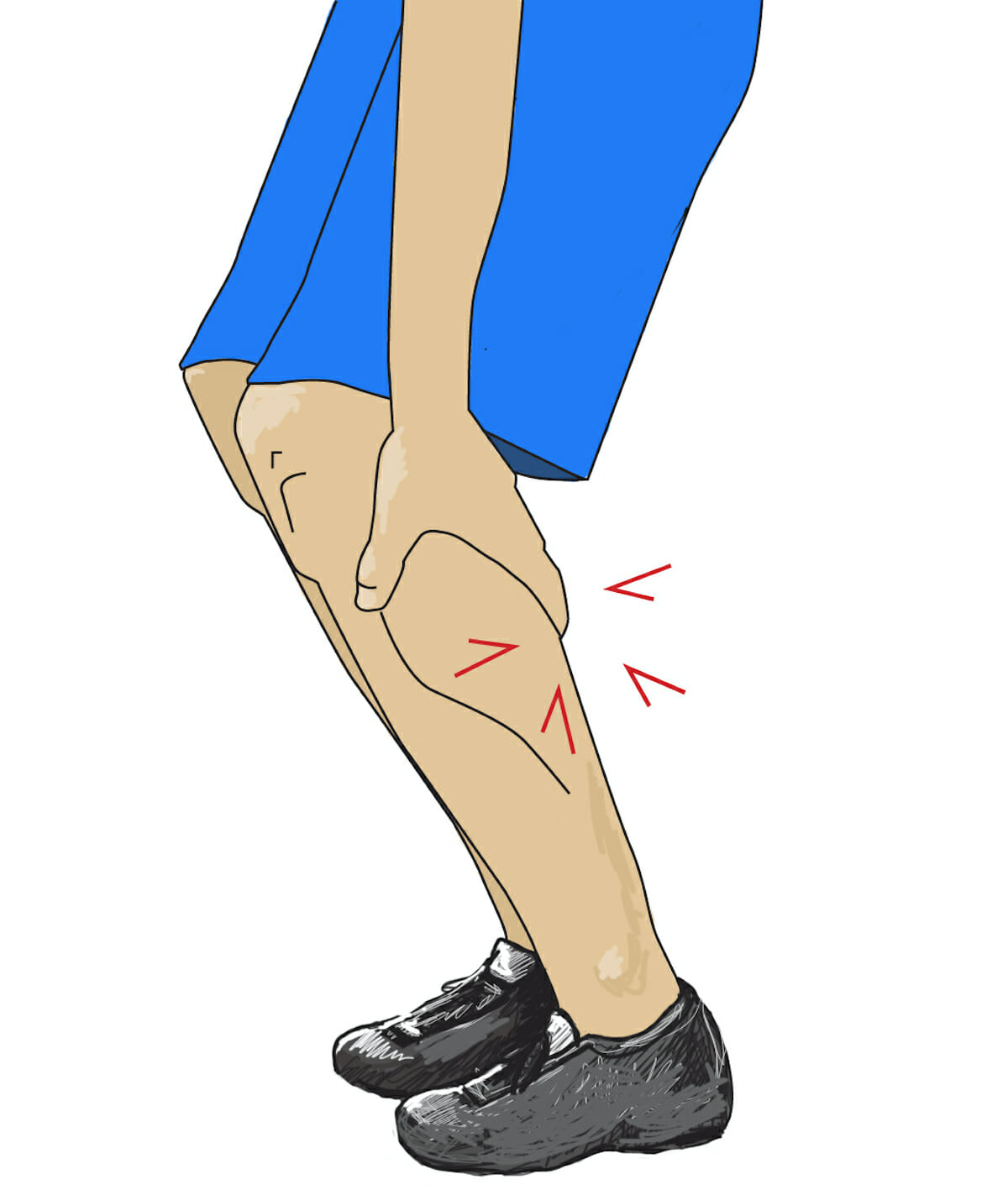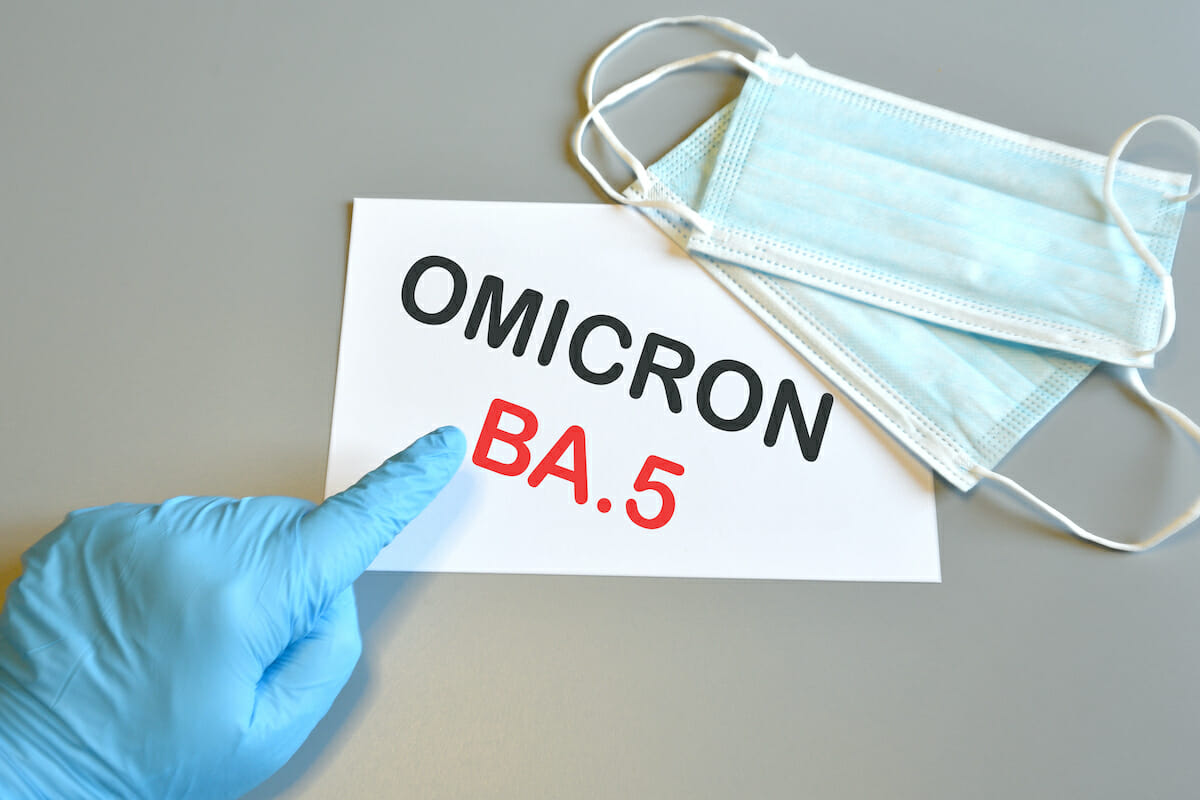Sore and aching muscles are common. They can occur from injury, overexertion, or an underlying illness. While muscle aches typically resolve on their own, people can take medications to help reduce symptoms. Muscle aches, also known as myalgia, can occur in any part of the body that has muscles. Discomfort from muscle pain can vary from mild to severe, depending on the cause. Many different medications are available to help treat and relieve muscle pain.
A doctor might prescribe medications, such as muscle relaxers, for people with pain and spasms in their muscles. These groups of drugs refer to medications that help alleviate muscle pain and tightness by reducing muscle contraction.
A 2020 study adds that the use of muscle relaxants is increasing. While these medications are beneficial for short-term use, they may not be appropriate for everyone. Evidence also notes they can have adverse effects, and it is not advisable to use them long term. An older source notes that muscle relaxers are available in two classes: antispasmodics and antispastics.
Antispasmodics: Antispasmodics decrease muscle spasms by altering conduction in the central nervous system. There are two types of antispasmodics: benzodiazepines and nonbenzodiazepines. Benzodiazepines work by blocking certain chemicals in the brain, while nonbenzodiazepines act on the spinal cord and brain. People who take drugs that affect serotonin should not take antispasmodics, as they may be at risk of serotonin syndrome. Some muscle relaxers can also be addictive, and it is advisable for people to only use them short term.
Antispastics: These medications act on the muscle cells and spinal cord to improve muscle tightness and relieve spasms. They work by inhibiting the transmission of neurons in the brain. A doctor may prescribe antispastics for conditions that cause muscle spasms, such as multiple sclerosis (MS), or cerebral palsy. Some side effects vary between different antispastics but generally include muscle weakness and drowsiness.
Off-label: In some cases, doctors may prescribe medication that does not primarily treat muscle pain but may help relieve pain or spasms if a person takes them for a short period. They work by enhancing the effect of gamma-aminobutyric acid (GABA), which is a neurotransmitter that can have sedative properties. These treatments can include Benzodiazepines. Common side effects of benzodiazepine can include drowsiness, confusion, and breathing difficulties. These drugs can also be habit-forming.
Gabapentin: This medication is an anticonvulsant, and doctors usually prescribe it to treat seizures, relieve nerve pain, and treat restless leg syndrome. It works by changing electrical activity in the brain and influencing neurotransmitters, which can alter how the body senses pain. Common side effects of gabapentin may include dizziness, fatigue, and headaches.
Over the counter (OTC)
A person may use OTC pain relievers for mild to moderate muscle pain. These can include Nonsteroidal anti-inflammatory drugs (NSAIDs). NSAIDs are drugs that help treat or relieve pain by reducing inflammation.
Acetaminophen: Also known as paracetamol, this medication can treat mild to moderate pain and fever. It is both an analgesic, or pain reliever, and an antipyretic, or fever reducer. If a person uses acetaminophen too often or for too long, they are at risk of serious liver damage. The medication may also result in skin reactions
Natural options: Natural options may help to alleviate muscle pain. However, more research is necessary to determine their efficacy. Some natural options may include:
- Fruits: Certain fruits, such as cherries, strawberries, avocados, grapes, and watermelon, may have anti-inflammatory properties, which could help to relieve sore muscles.
- Massage: Massaging techniques may help to relieve muscle pain. This may be due to relaxing tissue and improving circulation. A person may self-massage or visit a professional.
- CBD: While more research is necessary, evidence suggests that CBD may influence pain signaling pathways. A 2020 study on athletes suggests that CBD may modulate inflammation and aid in muscle recovery.
When to contact a doctor
Muscle pain that does not go away or becomes severe could signify an underlying condition that requires medical treatment. If a person has a prescription that is ineffective for pain relief, they should discuss this with a doctor. If nonprescription options are not helping to reduce symptoms, it is advisable to seek medical assistance. A healthcare professional can diagnose the underlying cause and suggest treatment options.
In summary, muscle pains are usually not a cause for concern and typically resolve on their own. However, severe or prolonged pain may indicate an underlying illness.
A person can treat their pain with medication in the short term. A doctor may prescribe medications, including muscle relaxants or off-label options. A doctor may also recommend the use of OTC options, such as NSAIDs. All these medications carry the risk of side effects, and some can be habit-forming. A person should not take pain-relieving medication for long periods and should seek medical attention if the pain is recurring or severe.
Source: adapted from an article in Medical News Today, https://www.medicalnewstoday.com/articles/best-medication-for-muscle-pain








